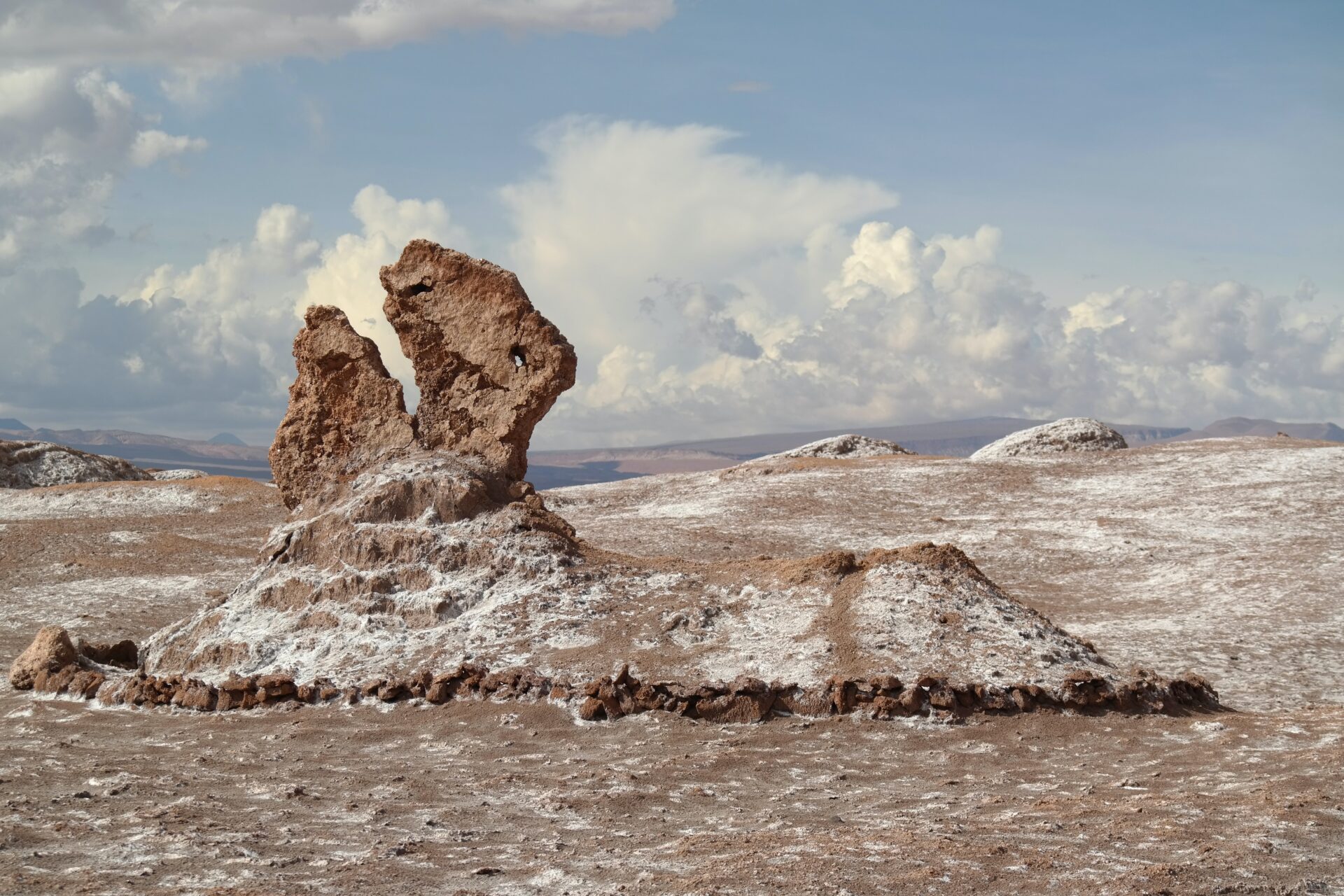On Sep. 4, 2022, the Chilean electorate rejected the text of the new constitution in a referendum that was marked by a right-wing’s misinformation campaign. Supported by El Mercurio, the newspaper that received funds from the CIA to aid in destroying Salvador Allende’s government almost 50 years ago, the Rechazo campaign swayed the vote away from a contemporary socialist victory under left-wing President Gabriel Boric. The vote indicated the ongoing strength of the dictatorship legacy, as well as how much of Chile’s dictatorship past remains unresolved.
Holding to his electoral promises, Boric announced the launch of a National Search Plan for Chile’s disappeared detainees a week after the referendum, coinciding with the 49th anniversary of the US-backed dictatorship of Augusto Pinochet. Throughout the dictatorship, which lasted from Sep. 11, 1973, until March 11, 1990, around 40,000 Chileans were detained and tortured, while 3,200 were killed and disappeared.
“There are more than 1,192 disappeared detainees which have not been found — we cannot normalize it,” Boric stated from the presidential palace La Moneda.
A Moral Duty
This year marks the 50th anniversary of the military coup. Speaking from Pisagua in March this year, Boric reiterated the National Search Plan and admitted the difficulties in accomplishing the task. “It has been a long time, it’s going to be difficult, success is unlikely. But we have a moral duty to never stop looking for those who are missing.” Pisagua was uncovered as the location of a mass grave from the dictatorship era after witnesses testified to the Vicariate of Solidarity in 1990, prompting an investigation and exhumation of the 21 disappeared detainees.
Chile’s human rights and memory organizations are warning against further delays in implementing the plan, which is set to commence in August this year to coincide with the International Day of the Disappeared. The President of the Association of Relatives of Executed Political Prisoners (AFEP), Alicia Lira, urged efficiency. “We do not want the implementation to be taken up by seminars … we cannot wait any longer.”
The urgency is justified. Besides widespread impunity enjoyed by the former dictatorship agents, several perpetrators have died, and the generation of Chileans who experienced the dictatorship fear the passing of time without answers. The Chilean army is known to adhere to a pact of silence about its violent history, resulting in severe obstructions to both collective memory and the pursuit of justice.
As in the past decades, Boric’s government and Chilean rights organizations come up against aggressive silence and secrecy. The current blockages echo the experience of a courageous group of women from Calama in their own historic quest for the search of their disappeared relatives.
The Caravan of Death’s Final Stop
Between Sep. 30 and Oct. 22, 1973, the dictatorship carried out a nationwide operation known as the Caravan of Death. A Puma helicopter squad, led by General Arellano Stark and comprised of other notorious future National Intelligence Directorate (DINA) agents who later served in top positions, among them Manuel Contreras, Marcelo Moren Brito and Pedro Espinoza Bravo, flew over the entire country, making several stops to execute 97 political opponents and workers in cold blood.
“The ground was soft in places, and when you walked on it, little bones popped up from the earth.”
In the south of Chile, Calama was the last stop. Twenty-six political prisoners, among them the journalist and Communist Party member Carlos Berger, were shot by firing squad, their bodies later mutilated with sabers and buried in an unknown location in the desert. The state’s narrative was that the prisoners were shot after attempting an escape. Relatives were told that the bodies of their loved ones would be returned to them in a year. That same year, the female relatives took matters into their own hands, following any clue that might lead to the burial locations of the disappeared, digging in the Atacama desert.
Thirteen years later, in 1990, a witness to the executions who was no longer living in Chile shared the information with the group of women. The disappeared had been buried just 15 kilometers away from Calama, 500 meters away from the road to San Pedro de Atacama. In the book “Flowers in the Desert: The Search for Chile’s Disappeared,” Victoria Saaverdra Gonzalez, one of the women from Calama, described the scene, “Violeta and I arrived at the site before they closed it off. Lying on top of the earth were pieces of skulls, ribs, and jaws. The ground was soft in places, and when you walked on it, little bones popped up from the earth.”
Only fragments of the bodies were found, which fit into three cardboard boxes. The relatives of the disappeared believe that following the discovery of 15 bodies of disappeared detainees in a furnace in Lonquen, Calama’s disappeared were exhumed and reburied as part of the “Operacion Retiro de Televisores” which took place between 1975 and 1978.
By 1990, Chile’s transition to democracy had started. Yet one major stumbling block was still in place. The 1978 Amnesty Law decreed by Pinochet meant that only one dictatorship-era crime could be investigated — the 1976 murder of Chilean economist and diplomat Orlando Letelier in Washington. The disappeared — the biggest gap in Chile’s collective memory — were destined to remain in oblivion. To date, the Amnesty Law has not been formally repealed.
The Democratic Transition Under the Shadow of Chile’s Military
In 1988, Pinochet agreed to a referendum that would have seen him govern for another eight years under civilian rule, had he emerged victorious. His reign was brought to an end when 56% of Chileans voted against him, and democratic elections were held in 1989.
It became clear soon enough that the new government would have to deal with dictatorial conditions despite the democratic elections. Pinochet conditioned relinquishing power by coercing President Patricio Aylwin to retain the neoliberal economic model, to provide protection for himself and his family and to retain the 1978 Amnesty Law. The latter was a major impediment to how far Aylwin’s government could go in terms of establishing a course of memory and justice for the victims and their relatives.
The Rettig Commission was vital in gathering testimonies and piecing together the dictatorship horrors and its internal structure, but Aylwin ultimately decided that revealing the truth should take precedence over the criminal prosecution of DINA agents — he called it “Justice to the extent possible,” as a way of excusing further criminal repercussions. In 1990, the military was still regarded as a key political actor in governmental affairs. Many former DINA and CNI agents were also still employed within the state’s institutions, including agents who participated in the extermination and disappearances of dictatorship opponents.
The Association of Families of the Executed Prisoners (AFEP) urged Aylwin to annul the 1978 Amnesty Law, as per his electoral promises, but Aylwin insisted upon the limited strategy of gathering information, leaving thousands of cases untouched, while very few were judicially investigated — two of which were the high-profile murders of Letelier in Washington and Spanish-Chilean diplomat Carmelo Soria.
With the Amnesty Law dictating the course of justice, in 1993 Aylwin proposed a bill that would completely protect the identity of the perpetrators, conceal all related testimony, and provide reduced sentences if the accused furnished information. The bill provoked outrage among human rights organizations for its validation of the Amnesty Law and the Chilean police violently suppressed protests in the streets. The bill was not pursued further, but the stranglehold of the dictatorship over the democratic process in Chile was evident in the way Aylwin, and subsequent governments, maintained varying levels of impunity for the dictatorship agents.
The Disappeared, 50 Years Later
The Rettig Commission report, particularly through the testimony of Luz Arce — a former MIR militant who became a DINA agent after succumbing to torture — detailed insight into the workings and the hierarchy of DINA. The pact of silence espoused by the military also remains a primary stumbling block, as evidence is still blatantly concealed. While certain DINA and CNI agents have been sentenced by the Chilean courts, prison sentences are served in Punta Peuco, a luxury prison built specifically for convicted dictatorship agents.
State institutions have also been careless with the remains of the disappeared and their identification. In February this year, Chile’s Servicio Medico Legal (SML) faced controversy over the news that since 2019, it has yet to identify the remains of 300 disappeared detainees. CiperChile’s detailed investigation explains how 89 boxes containing the remains had been handed to the University of Chile by Judge Juan Guzman in 2001. After being left in a warehouse that was flooded, allowing the contents to mold, the boxes were handed to the SML in 2019. In addition to the damage done to the remains, the neglect and delay of over two decades since Judge Guzman handed over the remains heightened the suspicions of human rights organizations in Chile who suspect deeper webs of complicity to guarantee impunity to the perpetrators.
Political will is not enough, Gaby Rivera from the Association of the Relatives of the Disappeared Detainees stated, while emphasizing that it is imperative that the military reveals the necessary information to locate the disappeared detainees. Chile’s human rights associations are also demanding full participation in the process, after 49 years of combating state institutions without governmental backing. Reforms, including that of the SML, are key components of their demands. With Chile still in the grips of its past, how much can Boric deliver on a plan which has already been described by the president himself as unlikely to be successful?




















